Urgent task
In the Conclusion of General Secretary To Lam at the working session with the Vietnam Atomic Energy Institute on September 4, 2025, it was stated: "The capacity, qualifications, infrastructure, and human resources of the Department of Radiation and Nuclear Safety have not met the requirements."
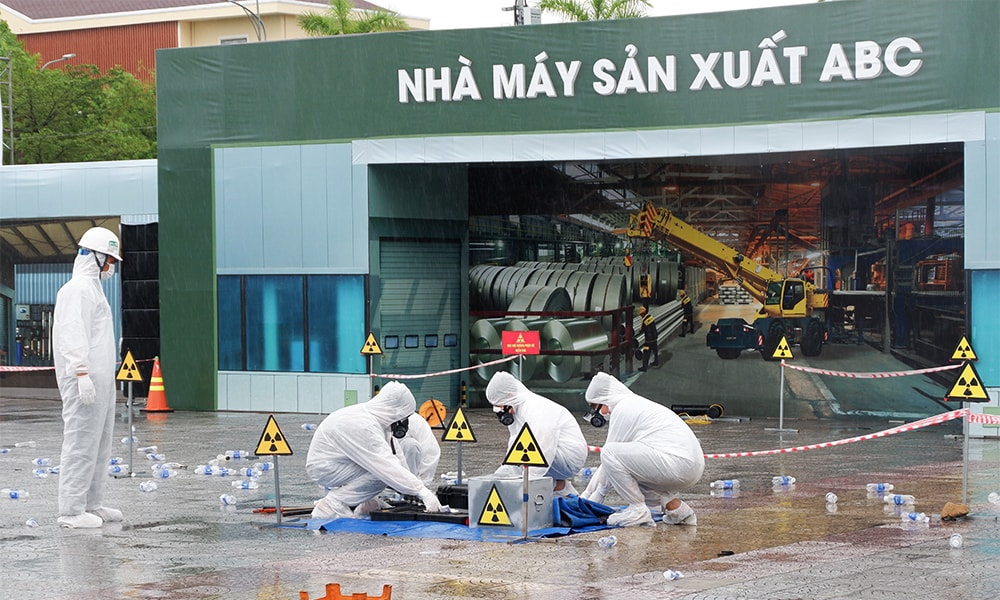
The current requirement is the task of managing the legal regulations of the Ninh Thuan nuclear power project, the new research reactor project and the application of radiation and radioactive isotopes to serve the socio-economic development which is growing very rapidly. With the existing human resources and infrastructure, the Department of Radiation and Nuclear Safety can only meet the requirements of managing the application of radiation and radioactive isotopes. Therefore, investing in improving the technical capacity of the Department is necessary and urgent, but how to invest?
According to the guidance of the International Atomic Energy Agency (IAEA GSR Part 1, SSG-16 and Handbook on Nuclear Law), nuclear regulatory bodies - in addition to having a clear legal status, independence in performing their duties, and having full authority and responsibility as prescribed by law - need to have adequate resources to ensure independence in implementing nuclear regulatory responsibilities. Resources include: qualified human resources, capacity and professional experience (nuclear safety, nuclear security, radiation protection, waste management, decommissioning, etc.); stable financial resources, not dependent on the subject of regulation (e.g., licensing fees, separate budgets guaranteed by law) and equipped with tools, means, and a technical support facility (TSO) to make independent decisions.
The IAEA has always emphasized that the independence of a nuclear regulatory body is not only about organizational and legal issues but also about its internal technical capacity. If a nuclear regulatory body is not competent, even if it has legal protection, it will still be easily dependent on external parties (investors, contractors, or even external TSOs).
Three issues to keep in mind
IAEA guidelines and international practice point to three issues. First, internal technical capacity will determine the independence of the nuclear regulatory body. The nuclear regulatory body must be able to understand, analyze, evaluate and assess all technical issues of nuclear safety and security. Without sufficient capacity, it is forced to rely entirely on the reports of the investor or contractor, then independence exists only on paper.
Second, when is it necessary to use external technical assistance (TSO, experts, IAEA, foreign agencies)? That is when the nuclear regulatory body does not have or lacks internal technical capacity in some specialized areas (serious incident analysis, reactor calculations, I&C software safety, earthquake assessment, serious incident management, etc.); when it needs independent appraisal of complex results, in order to have additional peer appraisal from outside; when the workload exceeds the current human resource capacity (for example, the licensing stage of the construction and operation of the first nuclear power plant); when it wants to learn international experience and compare it with international standards.
Third are the principles to ensure independence when using external TSO organizations according to the IAEA . First of all, the nuclear regulatory body must retain the final decision-making authority, the TSO or expert only provides technical opinions and consultation reports; regulatory decisions (licensing, approval, sanctions, etc.) are only made by the nuclear regulatory body.
At the same time, conflicts of interest must be avoided. Accordingly, experts/TSOs who have direct contact with investors, contractors or operating organizations must not be used. There must be a mechanism to review the independence of TSOs. In the case of Vietnam, if the TSO belongs to the Vietnam Atomic Energy Institute, the Department of Radiation and Nuclear Safety cannot be used to appraise and evaluate nuclear safety and security for the Institute's new research reactor project. However, the Department can use the Institute's TSO to appraise and evaluate nuclear safety and security for nuclear power projects invested by the Vietnam Electricity Group and the Vietnam Oil and Gas Group.
In addition, adequate internal technical capacity needs to be built. Nuclear regulators must have sufficient internal technical capacity to: identify what support is needed; understand, review, and re-evaluate external reports; and not “copy verbatim” external opinions.
Regarding the transfer and accumulation of technical capacity, each use of external technical assistance must be associated with training and knowledge transfer tasks to gradually improve the internal capacity of the nuclear regulatory body. The ultimate goal is that the nuclear regulatory body can be autonomous in the long term.
The next principle is transparency and accountability: the scope and role of external technical support organizations must be made public. The accountability mechanism of the nuclear regulatory body must be maintained, and responsibility must not be “shifted” to external technical support organizations.
Thus, for a nuclear regulatory body to be truly independent, it needs not only a legal framework, but also a strong internal TSO. Therefore, in most countries with developed nuclear power, the nuclear regulatory body has built or is associated with strong internal TSO organizations.
For example, the US nuclear regulator has its own TSO, the Nuclear Regulatory Research Office; the Russian nuclear regulator Rostechnadzor also has its own TSO, the Center for Nuclear and Radiation Safety Science and Technology; the French nuclear regulator has its own TSO, the Institute for Radiation Protection and Nuclear Safety; the Korean regulator has its own TSO, the Korea Institute for Nuclear Safety and the Institute for Nuclear Security, etc.
Countries that have started to develop nuclear power in the world also follow this trend. However, in the early stages, they are still forced to rely on international TSO organizations due to limited domestic capacity, but at the same time, they still have to build a strong internal TSO to ensure independence in the long term.
Building a strong internal TSO capacity of the nuclear regulatory agency is of great significance in ensuring substantial independence; maintaining domestic nuclear knowledge, not being completely dependent on foreign consultants; accumulating long-term capacity to help the country have the ability to self-monitor and self-regulate when the nuclear power program expands; and increasing international prestige. Therefore, if Vietnam wants to develop sustainable nuclear power, it needs to soon build a strong enough internal TSO of the nuclear regulatory agency according to international practices. The project to enhance the capacity of the Department of Radiation and Nuclear Safety, which is being developed, needs to include this very important content.
Source: https://daibieunhandan.vn/xay-dung-nang-luc-ky-thuat-noi-bo-cho-co-quan-phap-quy-hat-nhan-10389375.html



![[Photo] Prime Minister Pham Minh Chinh attends the patriotic emulation congress of the banking sector](/_next/image?url=https%3A%2F%2Fvphoto.vietnam.vn%2Fthumb%2F1200x675%2Fvietnam%2Fresource%2FIMAGE%2F2025%2F11%2F24%2F1763981997729_tt-nhnn-jpg.webp&w=3840&q=75)

![[Photo] National Assembly Chairman Tran Thanh Man receives a business delegation from the Europe-ASEAN Business Council](/_next/image?url=https%3A%2F%2Fvphoto.vietnam.vn%2Fthumb%2F1200x675%2Fvietnam%2Fresource%2FIMAGE%2F2025%2F11%2F24%2F1763989198212_ndo_br_bnd-7394-jpg.webp&w=3840&q=75)




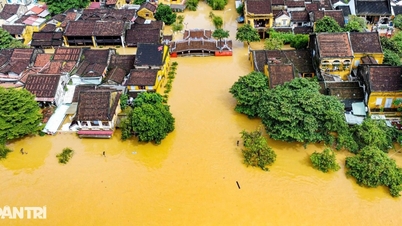


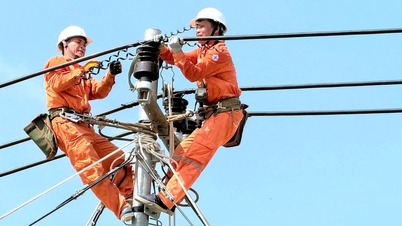


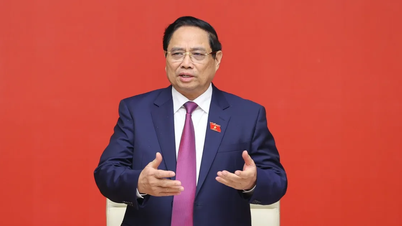

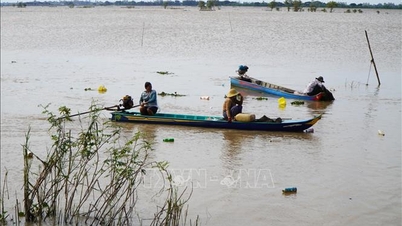

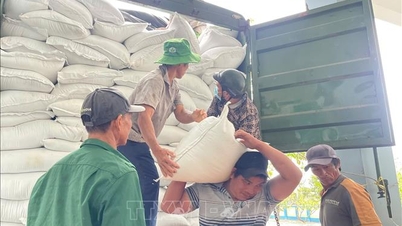
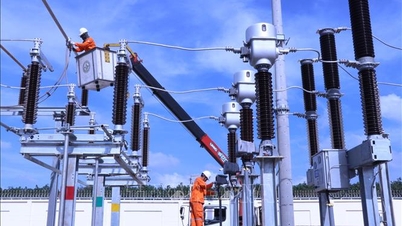
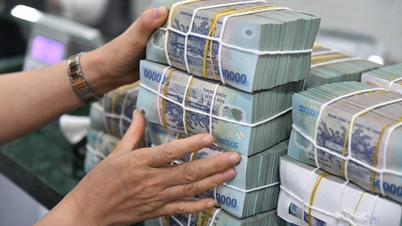
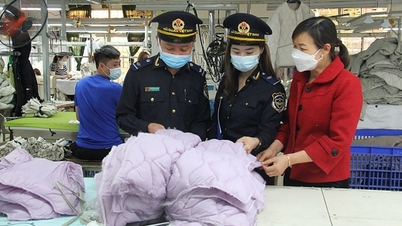

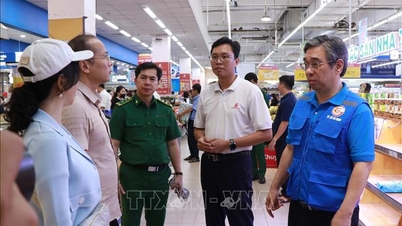




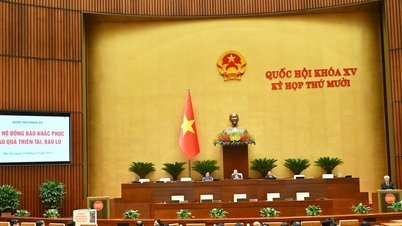
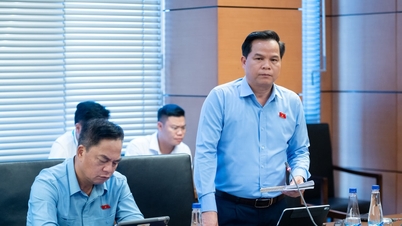
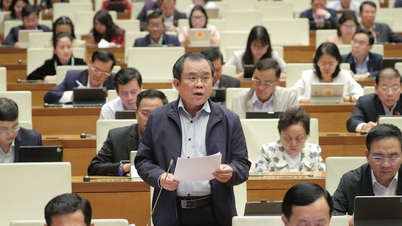
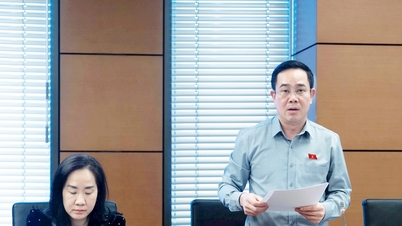
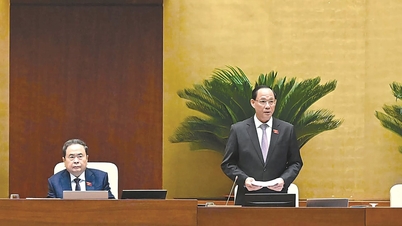
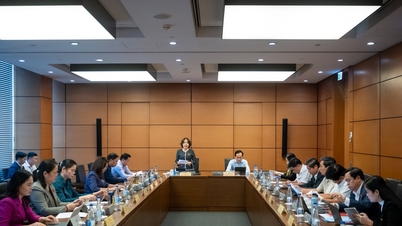

![[Photo] Next to the "mountain of trash" after the flood, Tuy Hoa residents strive to rebuild their lives](/_next/image?url=https%3A%2F%2Fvphoto.vietnam.vn%2Fthumb%2F1200x675%2Fvietnam%2Fresource%2FIMAGE%2F2025%2F11%2F24%2F1763951389752_image-1-jpg.webp&w=3840&q=75)



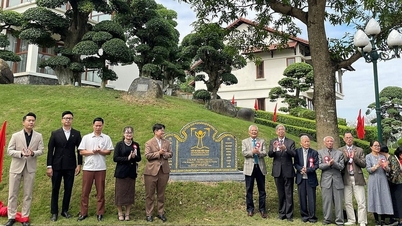


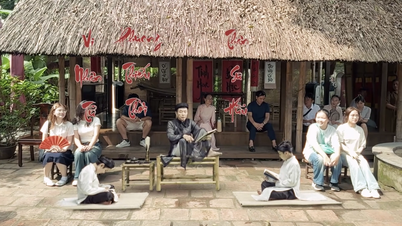
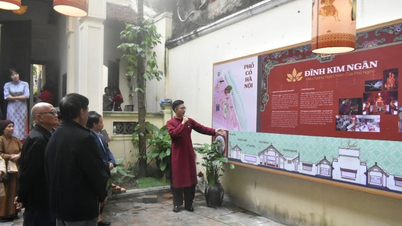









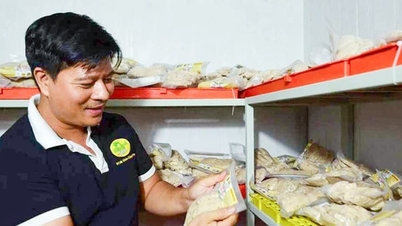

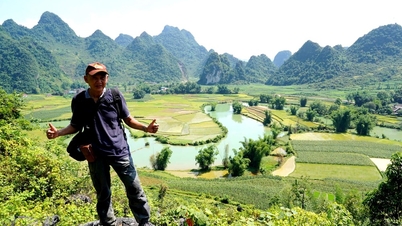

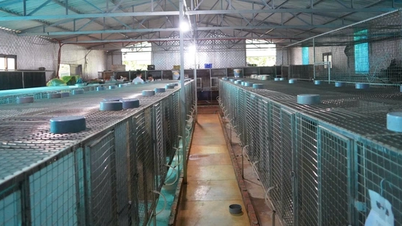

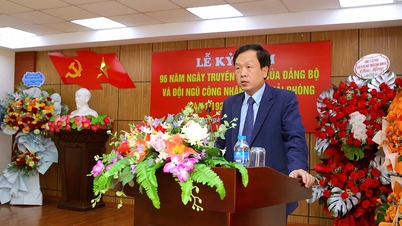

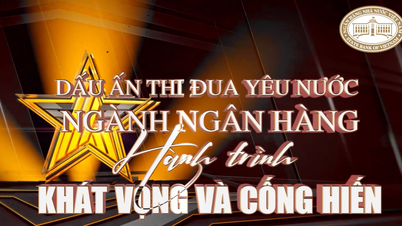
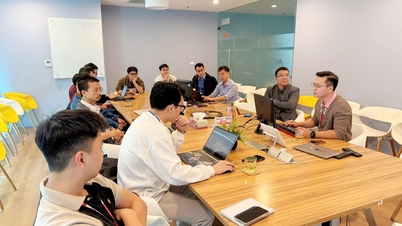
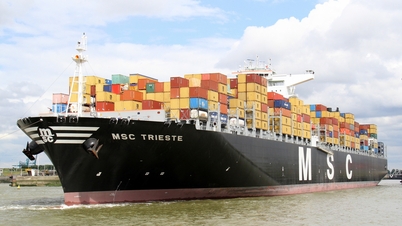
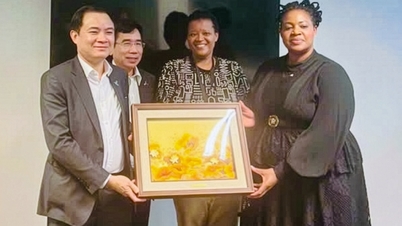
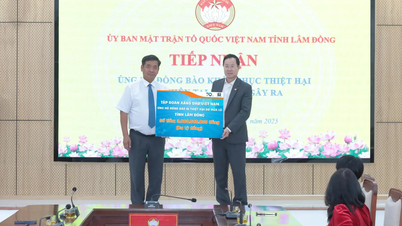








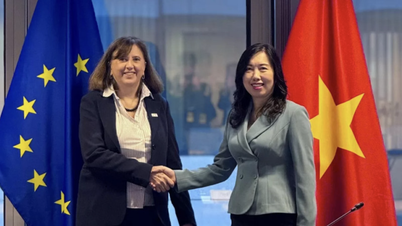

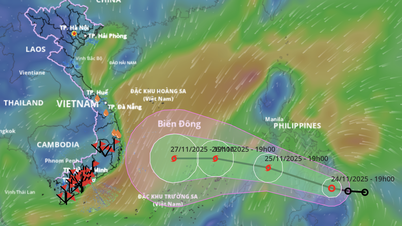
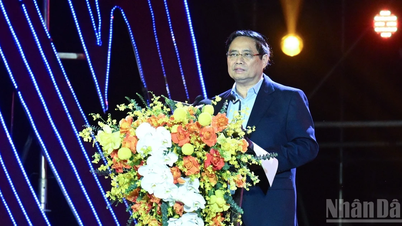
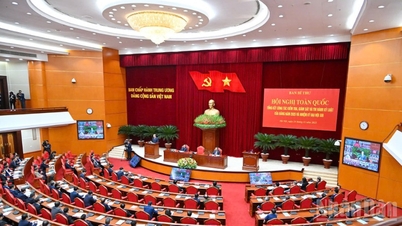
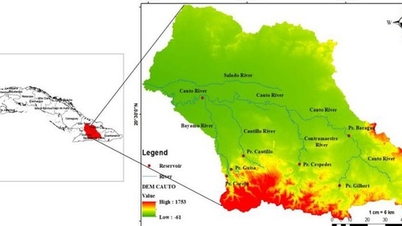


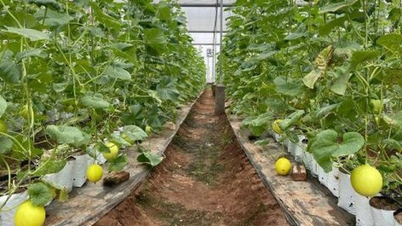


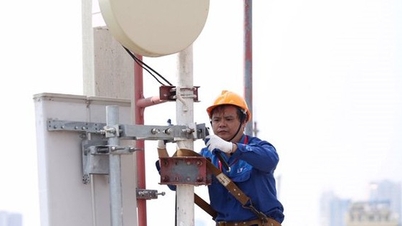
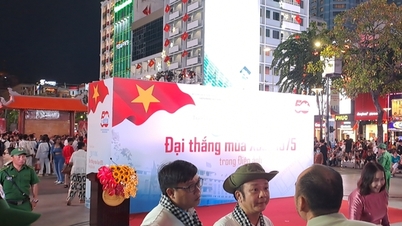



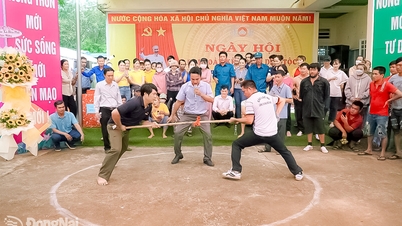

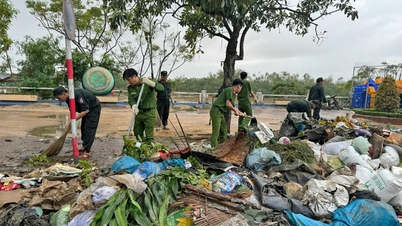



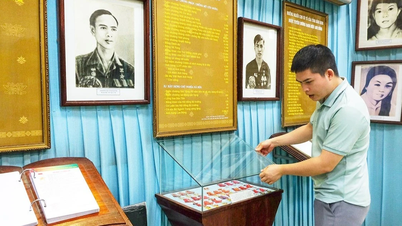

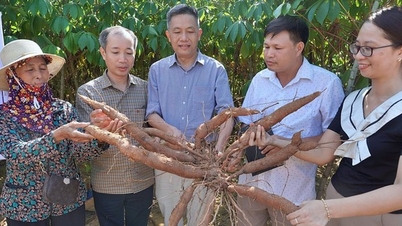
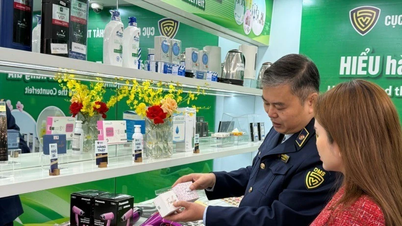
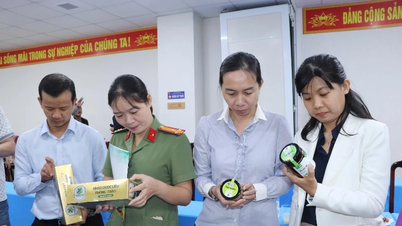
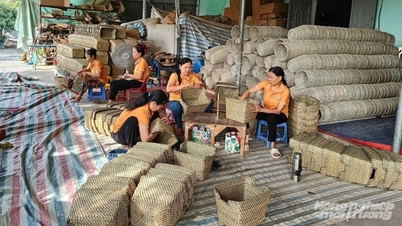

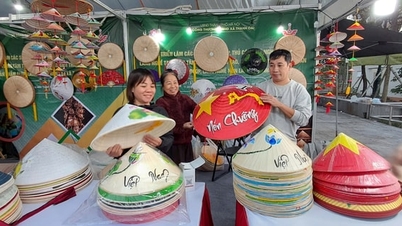
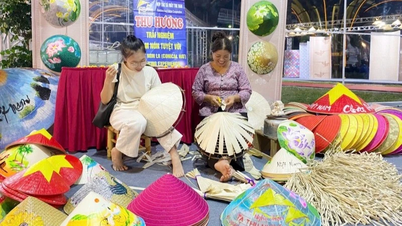





Comment (0)